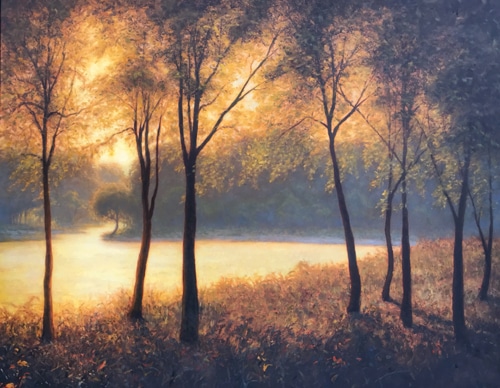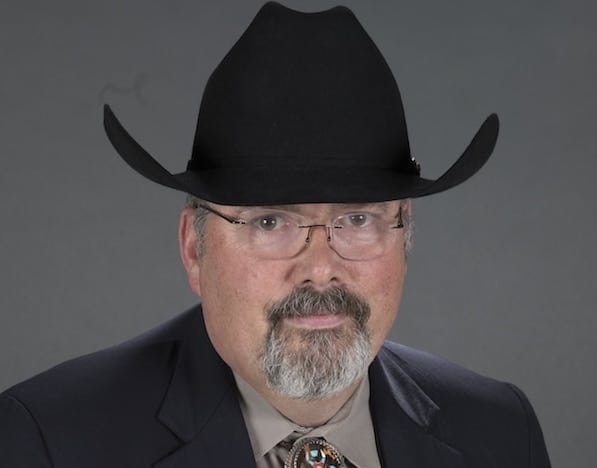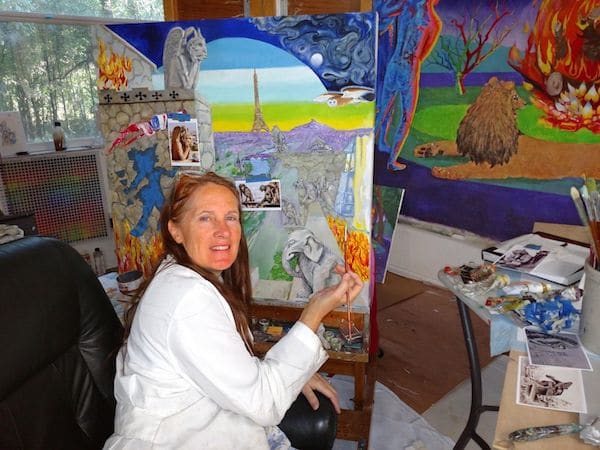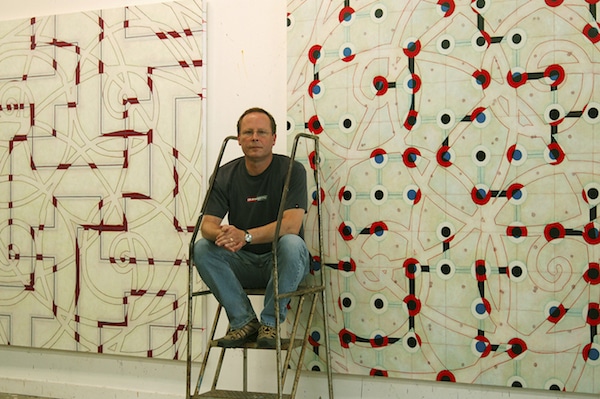 2014, 2017 Accelerator Fellow
2014, 2017 Accelerator Fellow
Where did you grow up?
I was born and raised in Barranquilla, Colombia, but I’ve been living in the US (New York, Boston, and Miami) on and off for the past 20 years.
When/how did you first know that you wanted to be an artist?
I’ve been interested in the arts since I was a child. My mom and dad consistently encouraged me to draw and paint. All through elementary and high school I excelled in arts and creative writing. When I graduated high school, I wanted to study advertising and marketing—I fantasized about creating ad campaigns for Coca Cola and other products. After a conversation with my parents, I was pressured to choose a “less risky” career, so I opted for business administration. It made sense (translation: I was convinced) to pursue a career in business in order to acquire a better understanding of macro issues and have a broader context for my marketing/advertising passion. I survived almost three years of business school before quitting and becoming a painter. I wasn’t going to postpone my passion anymore, so I traded the so-called security of business for the thrill of following my dream. After a series of turbulent conversations with my family, I decided to apply for art school. This act of courage changed my life forever.
Where do you currently live/work, and how would you describe the arts community there?
I currently live in Miami, Florida, where I am part of a vibrant and diverse arts community. With the influence of Art Basel and satellite fairs, Miami has been transforming itself, and it’s been exciting to experience all of these changes.
How would you describe your art to someone who’s never seen it?
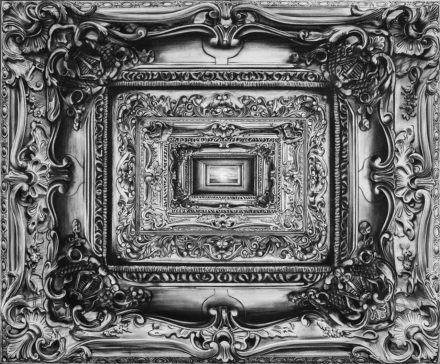
My recent body of work examines ideas of dislocation and exoticism through a series of large-scale charcoal and pastel drawings. I explore cross-cultural and hybrid identities through obvious and clichéd aspects of tropical culture together with Rococo and Victorian style elements. I aim to question notions of place and belonging by placing contradictory ideas into a delicate and imaginative order. As the past, present, exotic, and familiar collide, absurd and fantastic panoramas are allowed the space to arise.
What do you hope to communicate to your audience?
I do not think art is a vehicle for communication. As one of my former teachers would say, “The audience will always creatively misunderstand the work,” and I am okay with that.
What’s been your biggest business challenge?
Maintaining a consistent level of exploration and creativity while sustaining an efficient and profitable studio practice.
Tell us about a business success and what you did to achieve it.
One business success has been nurturing enduring relationships with the galleries who currently represent my work. It can be tricky to navigate the whole gallery-artist dynamic. I had to learn to be more patient, overcome my timidity, and trust my instincts, while ironically making everything less personal.
What do I mean specifically? I worked hard to create an ecosystem to complement my own insecurities and lack of experience: I created a strong portfolio with a clear artist statement and professional pictures of my work; developed a plan to make my work visible locally, nationally, and internationally; and organized a database that included potential galleries, collectors, and curators . A chain of small and unremarkable efforts became the foundation for this crucial business achievement.
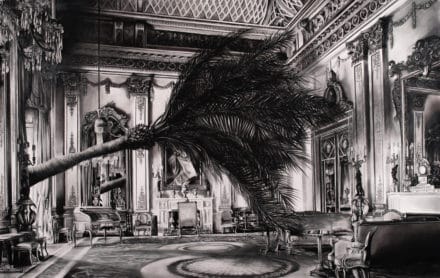
How do you feel about today’s technology (tools for your business, for creating your art, or both), and has it altered your way of doing business?
Technology has and will keep altering the way art is made and experienced. To make my work, I use digital projectors, electric sharpeners, and digital cameras, among other tools. Artists have so many tools at their disposal that make it possible to materialize any idea that comes to mind.
What do you think about the state of today’s art market?
I have a very limited view of the market, but my experience over the past few years has been positive. Furthermore, It is a blessing to live in the United States at this moment in time, where artists and entrepreneurs of all kind can strive towards whatever goal they set up for themselves and excel at it.
Give us an example of how you balance studio time with business time.
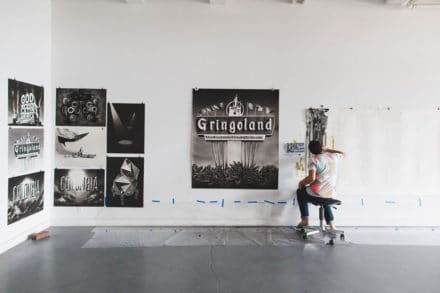
It’s always hard, but one way I balance both worlds is by keeping them as separate as possible. For instance, I do not bring a computer to the studio, or even have WiFi there, so that I can my maximize studio time without the distraction of writing proposals, replying to emails, applying for grants, etc.
Typically, I’m working in the studio from 9am to 5pm. When I get home, it is family time, with my wife and two sons (Martin, 6, and Manolo, 4), which entails quick soccer matches in the living room or impromptu dance competitions. We usually have dinner together, and I read them a book and get them ready for bed. After they are asleep, I work at the computer—replying to emails, drafting proposals, doing inventory, ordering supplies, etc.
How have you evolved as an artist?
In terms of my technique, I’ve become a better painter, and I’m better able to explore ideas that are outside of my comfort zone. I’ve also developed and consolidated a creative process and visual discourse that continually stimulate new and exciting ideas.
How have you evolved as an entrepreneur?
I’m able to identify internal and external factors that have the potential to affect my studio practice. With this in mind, I now have I have ten-, five-, and one-year plans in mind, as well as possible strategies to attain the goals I’ve set up for myself. In my evolution as an entrepreneur, I now realize the importance of focus and small actions, and the ways that these can compound to create a bigger and sometimes magical picture.
What role do artists play in our society? What role SHOULD they play?
Art is an act of resistance. The artist’s role is to provide some of this.
Anything else you would like us to know?
My favorite Picasso quote is: “Artists sell what they paint; painters paint what they sell.” I want to become an artist.
For more information on Gonzalo Fuenmayor, see his official CHF bio.
[Photo of Gonzalo (top) by Leslie Gabaldon]




